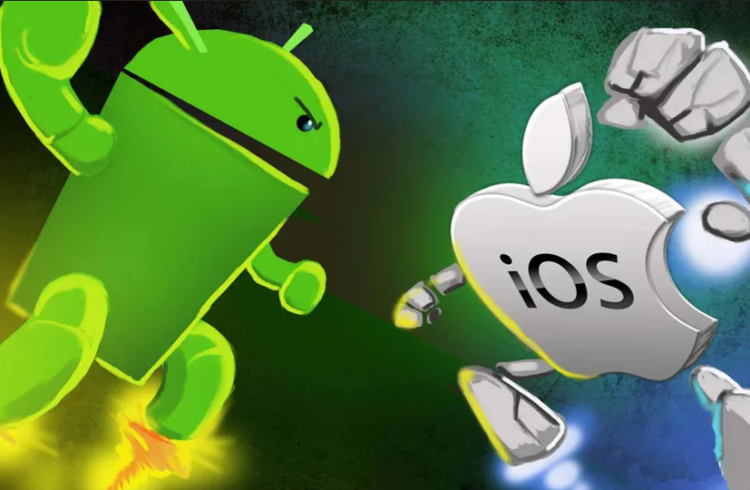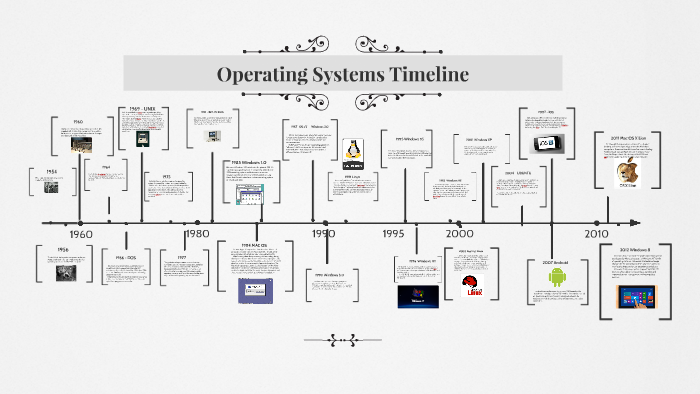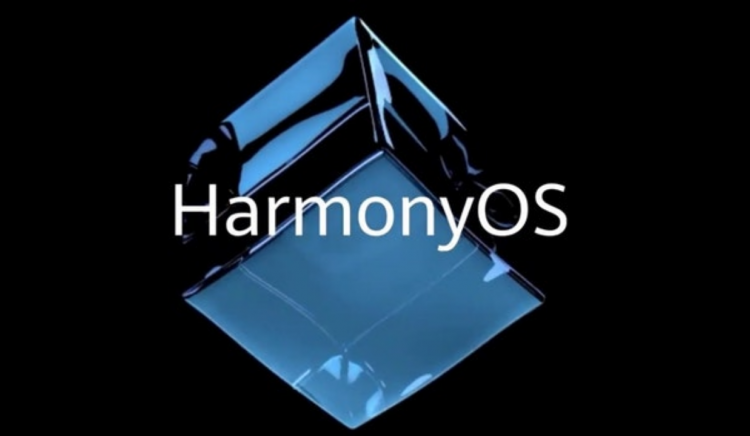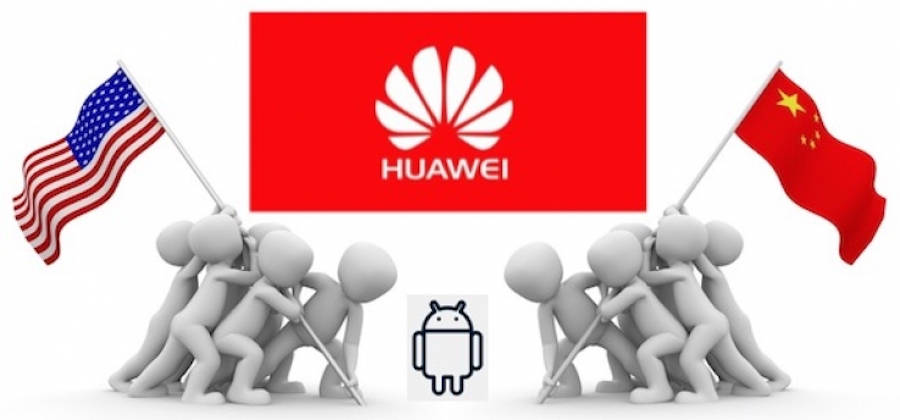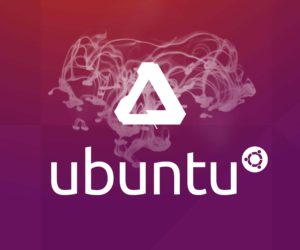The Smart Phone world is dominated by two Operating Systems, iOS and Android. Microsoft Windows is also there, but comes at a very poor third. iOS is monopolized by Apple devices, but Android is used by the vast majority of Smart Phones in the world. This is a review of iOS and Android OS compared, which delineates the position of the two Operating Systems in the Smart Phone world.
Comparison
Following is a brief chart of iOS and Android OS compared:
- Origins: iOS has been developed by Apple Inc. Android has been developed mainly by Google and Open Handset Alliance. The first version of iOS was as iPhone OS 1, while it was Android 1.0 Alpha for Android. While iOS was first released on July 29th 2007, Android was first released on September 23rd 2008.
- Source and Customizability: Android is Open Source and is totally customizable. iOS is Closed or Proprietary (now with some Open Source components also), and is not normally customizable. Android is based on Linux Kernel, UI, and some standard apps. The iOS Kernel was originally based on the Open Source Darwin OS, but is now fully closed.
- Transferring Files: It is difficult to transfer files on iOS. Photos can be transferred out via USB, but media files need to use iTunes Desktop App. Files can be transferred on android easily, through Desktop Apps or USB.
- Languages: iOS has 34 languages available, but Android has over a 100 languages.
- Calls and Messaging: Third party apps like Facebook, Facebook Messenger, Google Duo, WhatsApp, Skype, Google Hangouts and Discord, all work on both Android and iOS. While Apple App Store has over 1 million Apps, Android’s Google Play Store has over 2 million Apps. But virus maybe a problem in the latter, though rare. Android accommodates several alternative App Stores, other than Google Play Store, such as, Galaxy Apps and Aptoide. Apple blocks all third party app stores apart from their own Apple App Store.
- Security: iOS considers itself highly secure because it uses a locked system. So security checks and updates are occasional only. Besides, loading apps out of the App Store is quite complicated. But Android takes security seriously. There are monthly security updates, and patches are available as required. Pixel devices make their devices available the soonest. However, the very number of manufacturers using Android can pose security problems, because some manufacturers allow the monthly checkup to lapse. And a situation arises where large numbers of Android devices run on outdated security software. Major security problems, like Rooting, Bootloaders and Jail Breaking are serious problems for iOS devices, because the User does not have complete control over his device. On the other hand, the User has access and complete control over his Android device and the Bootloader can be unlocked.
- Interface and Biometric Authentication: Both have Touch Screen Interface and Fingerprint and/or Face Authentication.
- Cloud Services: iOS provides native integration with iCloud. Initial 5GB is free and then storage id chargeable in slabs, such as, 50GB, 200GB or 1TB. With Android, the native integration for Cloud Services is with Google Drive Storage. The first 15GB is free, and slab wise charges are preferred for higher Cloud storage, such as, 100GB or 1TB.
- Affordability: Apple has always been at the high end of the market in terms of pricing. The cheapest iPhone in the market (iPhone 8) is available at around US$450. The latest, iPhone 11 Pro Max starts at US$1100. But for sheer scale and variety, nothing compares with Android Smart Phones. There is a vast selection of good low-cost Android based handsets that will suit almost every pocket. But the latest Samsung Galaxy S20 not just matches the price of the iPhone 11 but exceeds it substantially. There is also Google’s Pixel 4 XL that comes close to Samsung, and beats iPhone 11 for price, if not quality.
- Maps: Apple Maps started later than Google Maps, and are not yet at the same standard. Overall, Google Maps are unsurpassed. It has more points of interest and is far more detailed than Apple Maps. The accuracy too is much better on Google World Maps, with greater coverage, than Apple Maps. Apple Maps is more accurate only in certain areas of the USA.
- Battery Life and Charging: This is one of the biggest complaint areas of all Smart Phone owners. In general, it is seen that iOS systems are more efficient at squeezing out the last drop of power from their batteries as compared to android systems. But some Smart Phones with Android systems sport batteries of such large size that will easily outlast the iPhone. Fast charging of batteries has been a more-or-less common feature of Android phones, but iPhones have introduced this only recently.
